Mazda's move to develop large displacement six-cylinder engines might be a surprise given the industry is pushing heavily towards electrification and downsizing, but the brand is committed to the 3.3-litre petrol and diesel powertrains for the long haul.
Speaking to CarsGuide at the 2023 Japan Mobility Show, Mazda Motor Corporation Oversight Director of R&D, Ichiro Hirose, said the new inline six-cylinder engines found in the CX-60 and CX-90 SUVs actually reduce the brand's fleet emissions average.
"Improvement of engine efficiency and clean emissions – in order to achieve those things, the most effective thing is to actually increase displacement size," he said.
"With a proper size of combustion chamber, where the air-fuel mix and burn to produce power... the large displacement is more logical.
"It is true that with a smaller displacement size you can make the power with the right mixture of air and fuel and burn it, but it becomes difficult compared to the larger displacement.
"After treatment systems of the emissions – you need to put a lot of resources into that small displacement size [to lower emissions], so that kind of thing becomes necessary compared to the large displacement size.
"We say upsizing is right sizing."
.jpg)
According to Australian documentation, the CX-60 petrol emits 171 grams of carbon dioxide per kilometre travelled, while producing a hearty 209kW/450Nm.
Meanwhile, the diesel version spews out just 128g/km of CO2 and outputs 187kW/550Nm.
But how does this compare?
Given the CX-60 does not have a direct six-cylinder match in the mainstream SUV space and most premium alternatives don't offer non-performance sixes, the Mazda's closest rival could be considered to be the BMW X3.
Both petrol M40i and diesel xDrive30d guises use 3.0-litre turbocharged inline six-cylinder engines, and both are more pollutant than their equivalent CX-60s, emitting 204 and 169g/km of CO2, respectively.
.jpg)
And while the BMW models have higher outputs compared to the CX-60, its also worth mentioning the Mazdas are more fuel efficient, in part due to their 48-volt mild-hybrid systems.
In fact, the CX-60 is even cleaner than the turbocharged petrol and (now-discontinued) diesel versions of the CX-5, despite the larger displacement and higher cylinder count.
Hirose said that the goal is ultimately an overall reduction in emissions, not to take petrol and diesel powertrains off the table, meaning the lifespan of the Mazda's 3.3-litre engines is ensured until at least the next decade.
"People talk about banning ICE engines, but right now, if you look at the reality... [there are] revisions in thinking behind several rules and regulations," he said.
.jpg)
"The important thing is how can we minimise greenhouse exhaust gas, and it takes time to have clean power generation to permeate, [and] meanwhile electric vehicles will expand.
"Internal combustion engines, we can reduce CO2 coming out of them, and we can also achieve cleaner emissions at the same time, and I think its mandatory to have those alongside EVs, as well.
"At least over 2030, I believe that these engines will have a life."




.jpg)







.jpg)

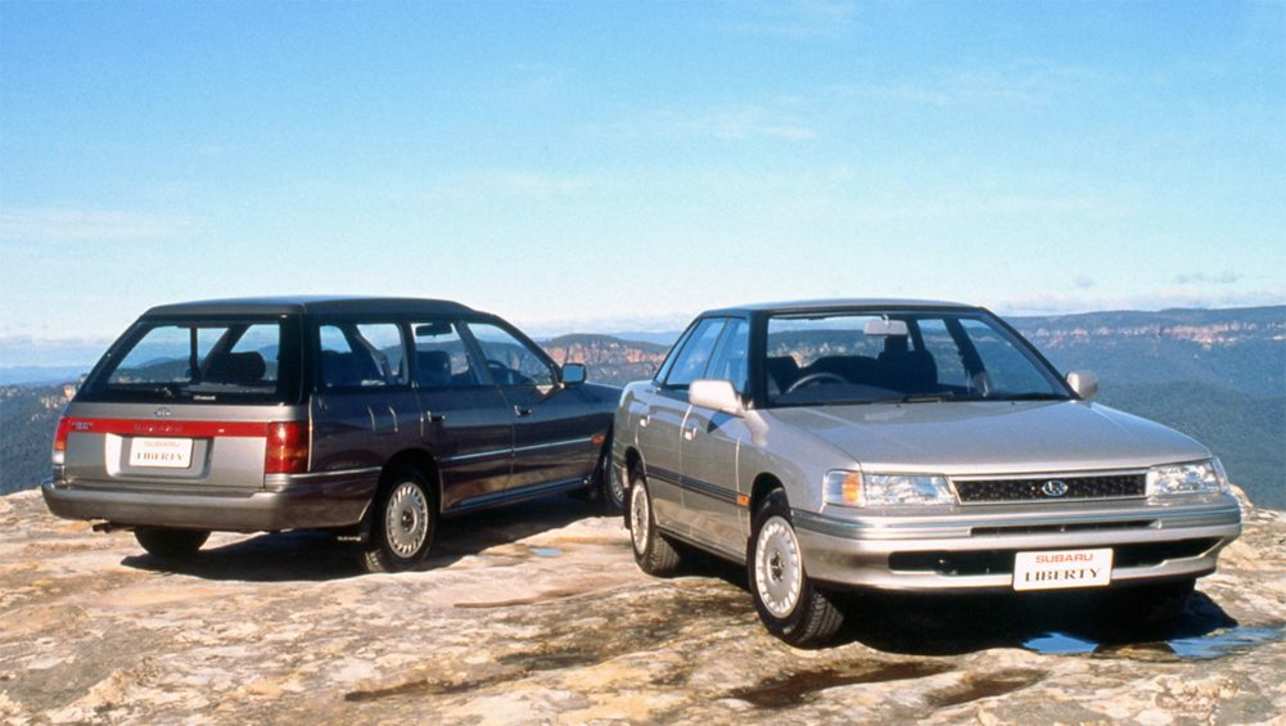
.jpg)
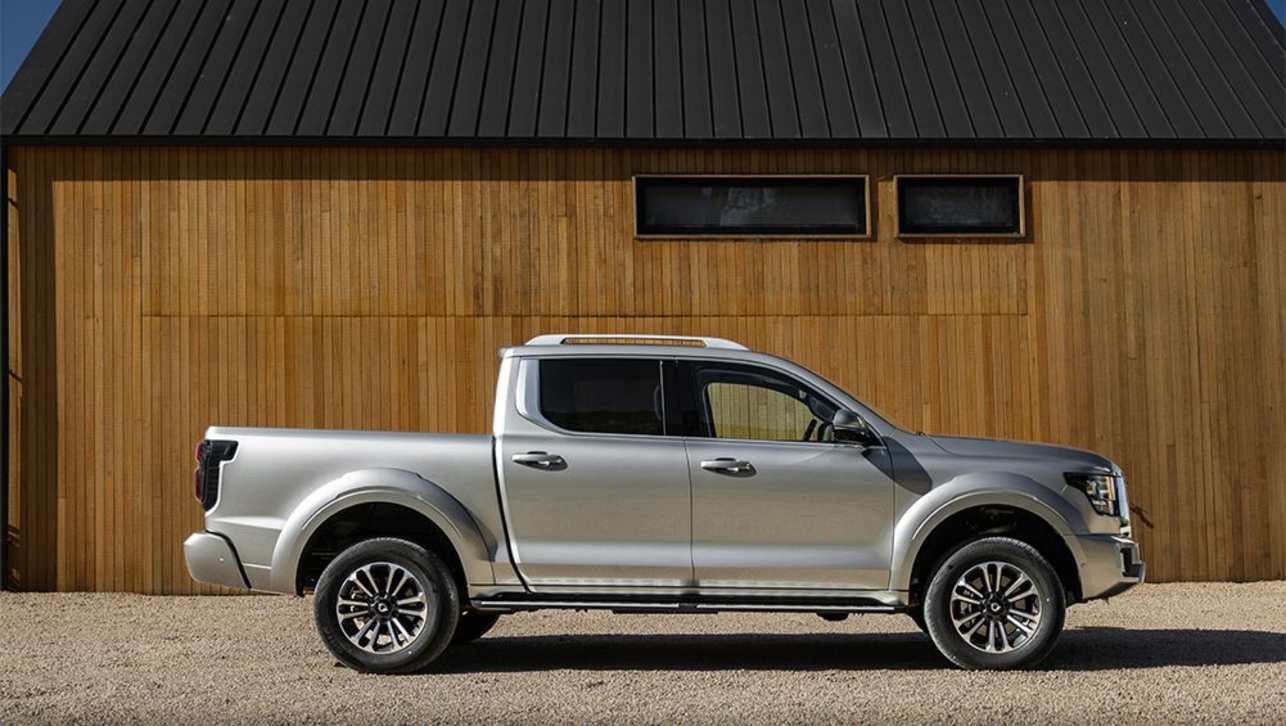
.jpg)
.jpg)


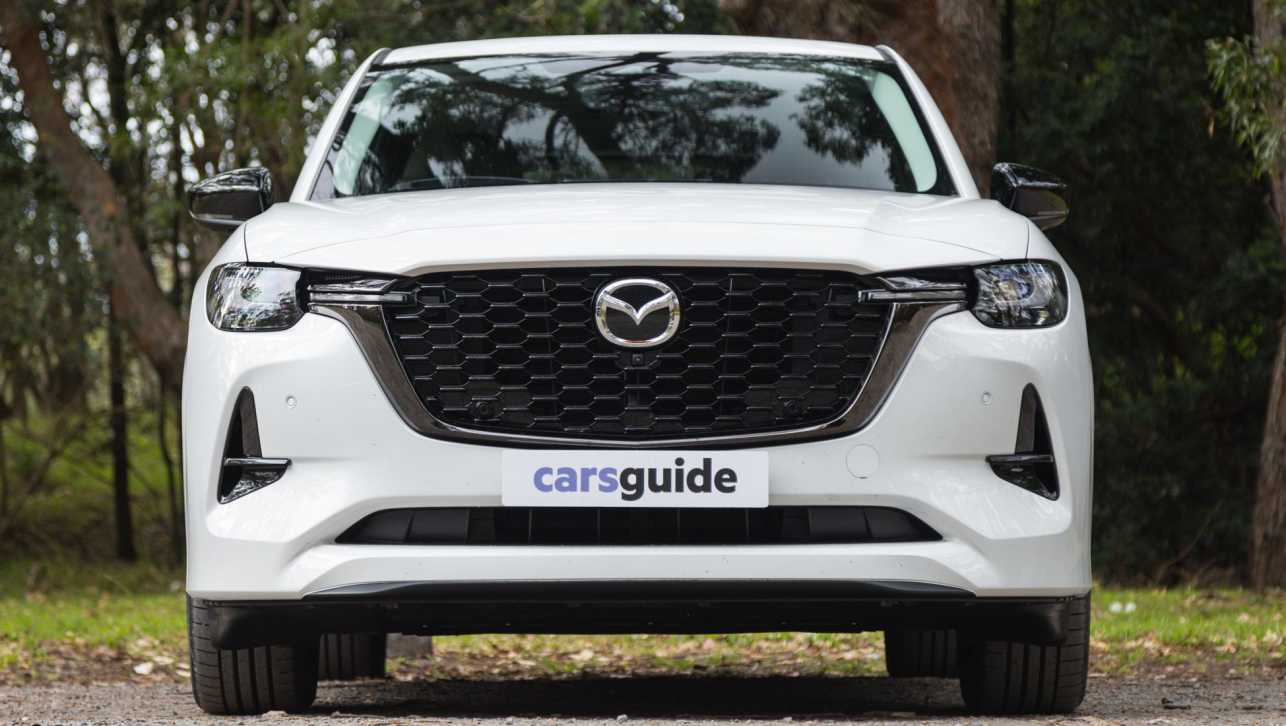
.jpg)
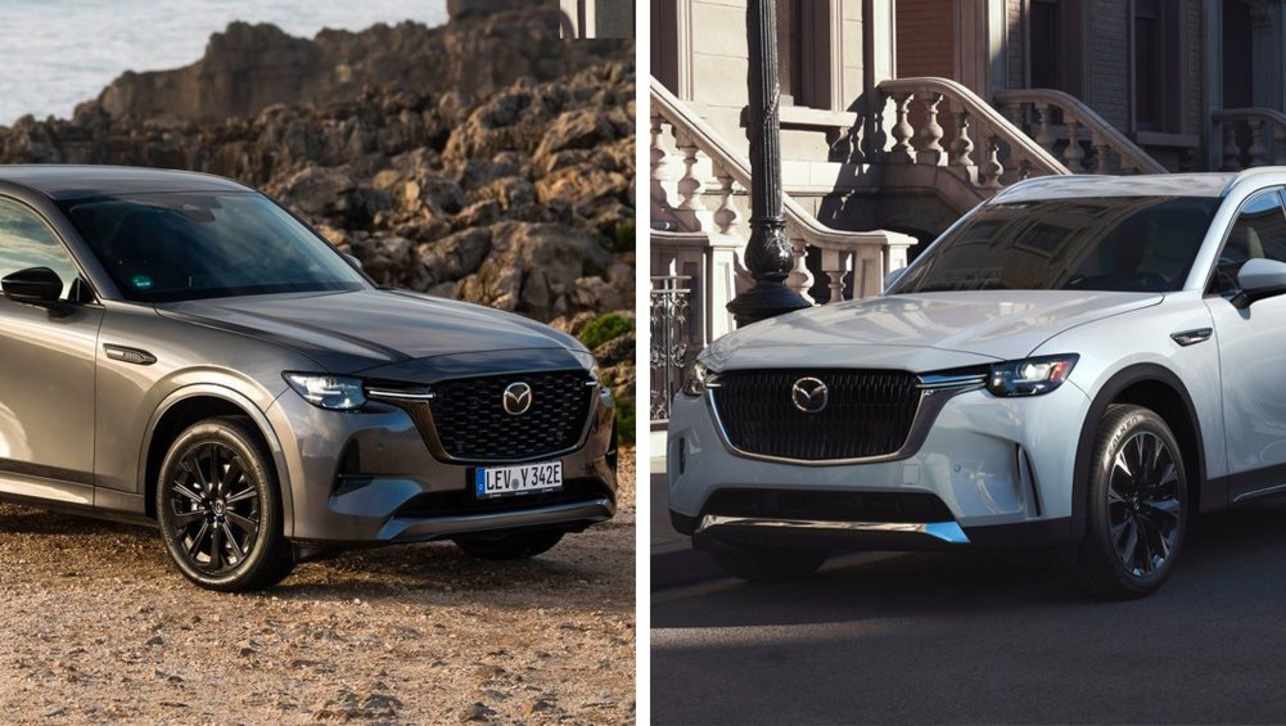

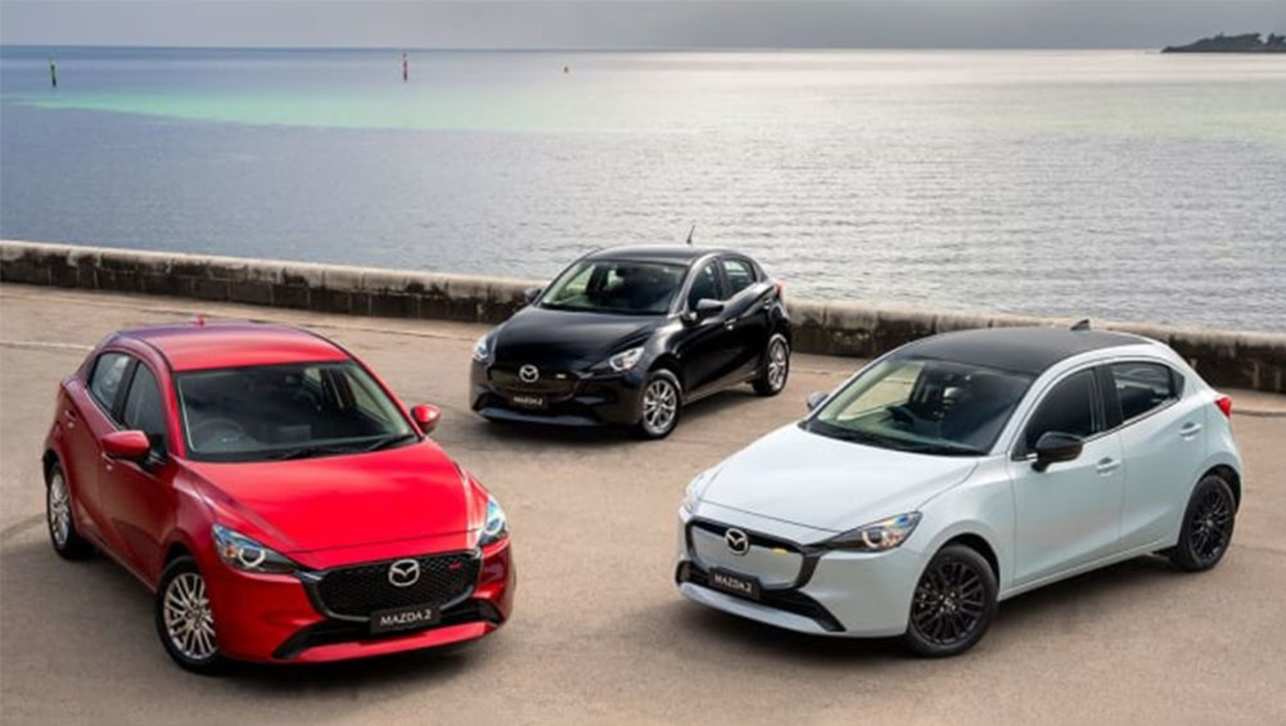




Comments